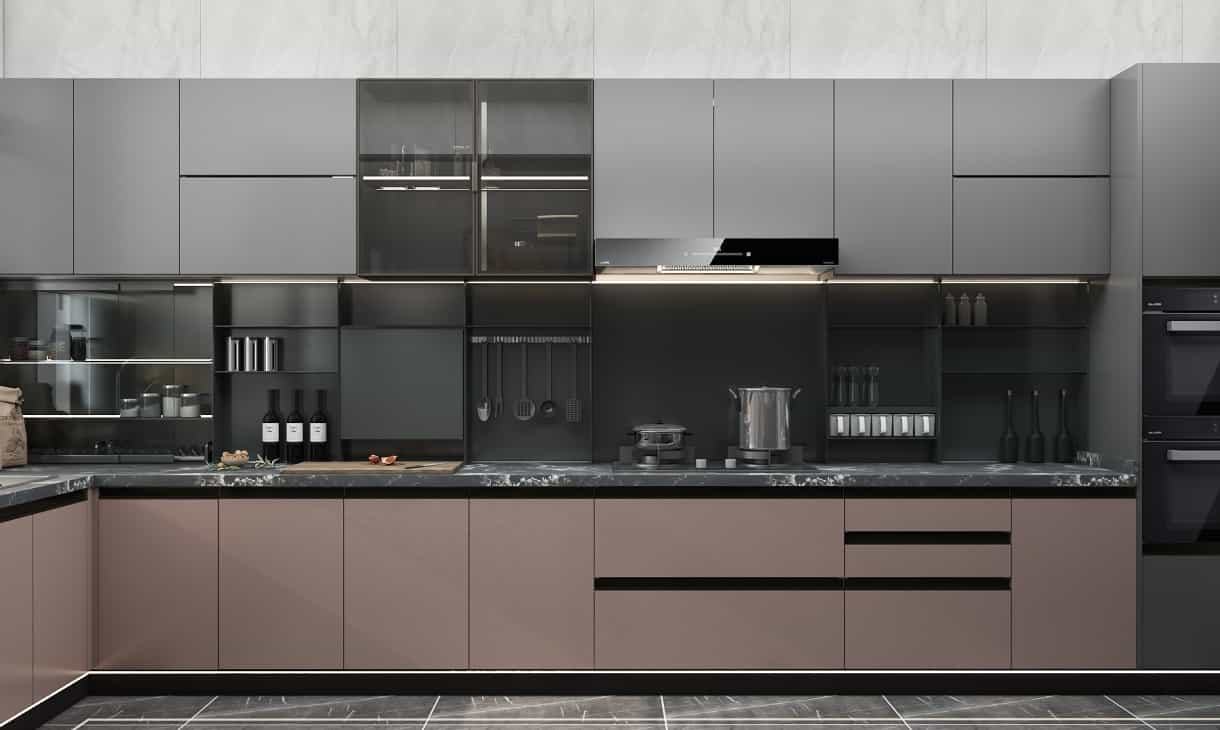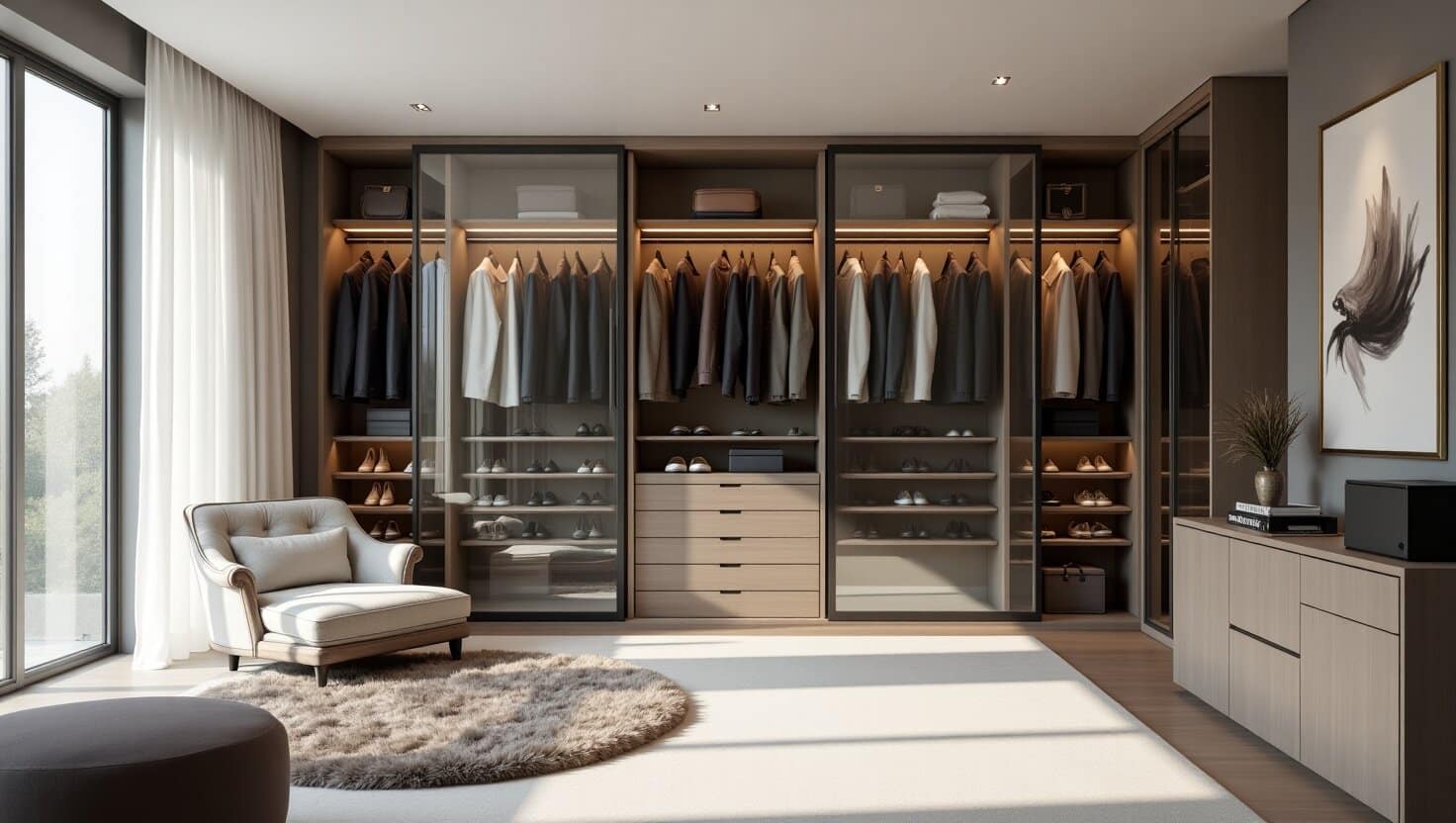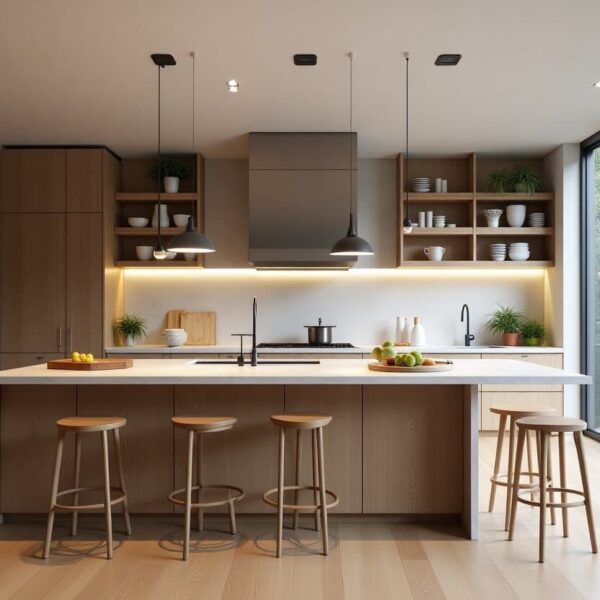As more households turn to custom wardrobes for better space and lifestyle alignment, overseas buyers—especially those sourcing from China—face a unique challenge: understanding hidden risks in contracts. One overlooked clause can lead to costly delays, mismatched dimensions, or low-quality products. This blog offers practical, professional insights to help you protect your interests when working with a China custom wardrobe manufacturer.

Common Custom Wardrobe Contract Loopholes and Legal Traps
When signing a custom wardrobe agreement, be acutely aware of these frequent pitfalls:
Vague Specifications & Disclaimers
Does your contract clearly state precise dimensions, acceptable error margins (e.g., ±3mm), and the procedure for handling oversized or undersized items? Lack of these details is a recipe for future disputes. You should also be cautious of clauses that stipulate that once you sign off on design drawings, the supplier is exempt from all future dimension-related issues; this can be a trap if the initial measurements were the supplier’s error.
Furthermore, beware of disclaimers like “renderings are not final products.” These can allow suppliers to deviate significantly from the visual impression you approved without accountability.
Finally, vague descriptions such as “E1 grade eco-friendly board” without specifying brand, requesting test reports, or providing material samples for verification can lead to suppliers substituting inferior materials.
One-Sided Responsibilities & Unfair Terms
If the contract doesn’t clearly differentiate between the supplier’s measurement errors and your inaccurate measurements, issues like gaps between the wardrobe and wall could be unfairly blamed on you (e.g., “you didn’t inform us the wall was uneven”). Be wary of clauses granting the supplier the unilateral right to alter designs or dimensions, especially when on-site conditions change, and stating they bear no additional responsibility. While custom items are generally non-returnable, a “No Returns, No Exchanges” clause can become an unfair “霸王条款” (hegemonic clause). If the contract states custom items are non-returnable if “they meet specifications,” but those “specifications” are unsuitable for your space or based on the supplier’s error, you could lose your right to rework or a refund. A contract with a minuscule daily penalty for delays (e.g., 0.02‰ of the total contract value per day—meaning only $0.20 for a $1,000 order) provides almost no incentive for on-time delivery.
The contract should also explicitly state what happens if rework is still unsatisfactory—is a refund an option, or are there other remedies? Lastly, if the contract doesn’t require a second verification of designer measurements, you might bear the consequences of their mistakes.
Process Flaws & Dispute Resolution
If the contract fails to specify who is responsible for final measurements, when they occur, and how you confirm the results at different stages, this can lead to huge problems. If the contract requires you to sign an acceptance form as an acknowledgment of quality without explicitly allowing you to note issues on-site or reserve your rights, it can be hard to pursue defects later.
Remember that any verbal assurances regarding fit, quality guarantees, or additional measurement checks are legally unenforceable if not formally included in the written contract. A contract stipulating dispute resolution in the supplier’s home jurisdiction significantly increases the cost and difficulty for overseas consumers seeking legal recourse. Hastily signing a contract, especially without understanding the terms, can lead you to miss critical clauses that limit your rights or hide details. Many consumers aren’t aware they have the right to carefully review and negotiate contract terms, especially on critical points like dimension tolerance, liability allocation, and acceptance standards.

Why Many Consumers Lose the Legal Battle
- Vague contracts with no detailed drawings.
- No clear measurement responsibilities.
- Lack of tolerance (margin of error) clauses.
- No remedy or compensation clauses.
- One-sided clauses favoring the supplier.
- Evidence problems: no signed records or confirmations.
Have a project in mind? Send a message.
Get the catalog for free
What You Can Do to Protect Yourself
Before You Sign the Contract
Before you sign on the dotted line, thoroughly vet your contractor. Carefully check reviews, references, and confirm their experience and qualifications in handling international projects. Insist on a comprehensive, detailed written contract. This means ensuring the contract explicitly references and includes design drawings with precise dimensions (floor plans, elevations).
It should also clearly define who measures, when, and how you will confirm results. The contract must include tolerance and remedy clauses, specifying acceptable error margins and clear remedies (e.g., rework, compensation, full refund) if they are not met. When it comes to materials, demand specific brands and models, and request material samples and relevant test reports. Negotiate to remove any overly broad or improperly shifting liability clauses, and ensure all design or dimension modifications are documented in writing through addendums, signed emails, or chat screenshots.
When sourcing from China, always request and carefully review a bilingual (English and Chinese) contract to avoid interpretation ambiguities. Finally, avoid full upfront payment; instead, link payments to completed milestones rather than paying everything at once. Typically, a 30% or 50% down payment after contract signing, with the balance settled before shipment, is standard.
If Something Still Goes Wrong: Taking Action
Should problems arise, meticulously document everything. Take photos (before, during, and after installation), save all communication records (emails, chat logs), and keep original contracts, invoices, and payment proofs. First, initiate direct negotiation by communicating calmly and clearly with the supplier, designer, and salesperson to seek a resolution. If direct talks don’t work, consider third-party inspection/mediation; seek an independent expert for assessment or use a mediator to facilitate dispute resolution.
For disputes with a China custom wardrobe maker, it’s crucial to explore international arbitration. We highly recommend explicitly agreeing in the contract to resolve disputes through an international arbitration institution (e.g., Singapore International Arbitration Centre – SIAC, or Hong Kong International Arbitration Centre – HKIAC), as this provides overseas consumers with a more neutral and enforceable mechanism than local Chinese courts. Lastly, weigh the costs and benefits of formal litigation based on the value of the dispute and the strength of your evidence to determine when to consider legal action.

Contracts Don't Just Protect Businesses — They Protect You
A well-written contract is the foundation of a successful custom wardrobe project—especially when working with a China custom wardrobe supplier across borders. Don’t let seemingly small details ruin your investment.
If you’re seeking a reliable China custom wardrobe manufacturer who prioritizes transparent design files, professional measurement, and enforceable contracts, Nexthome Furnishing is worth considering.
We’ve supported overseas projects for over 10 years with crystal-clear communication, detailed design documentation, and strict process control at every stage. Whether you need a custom wardrobe from China or want clarity from day one—we deliver what we promise.
Contact NextHome Now!
We are here to help you with your business needs. We have a team of experts who are always eager to help you.



